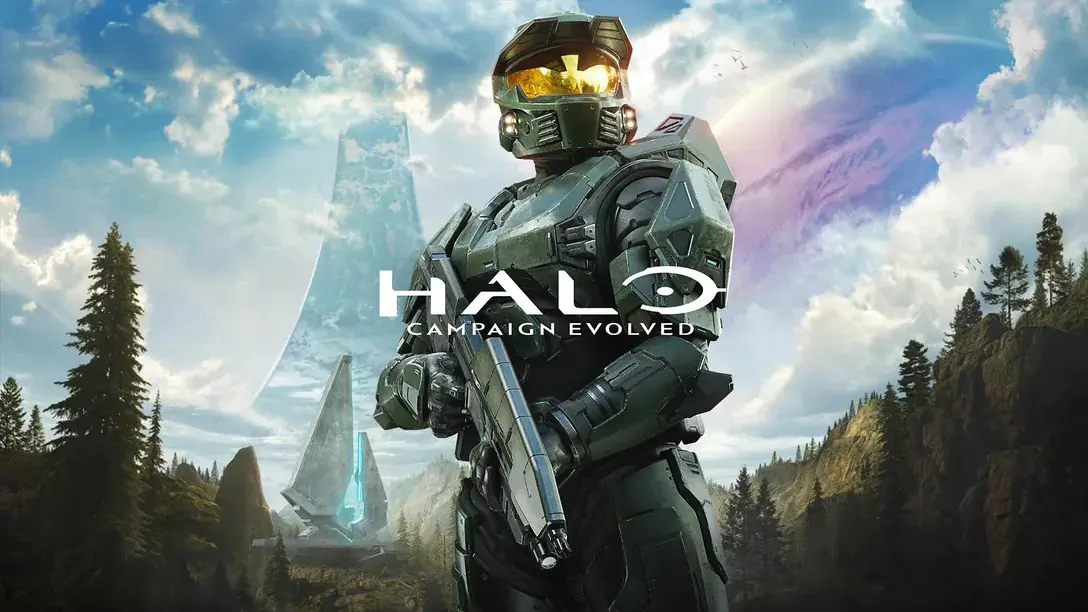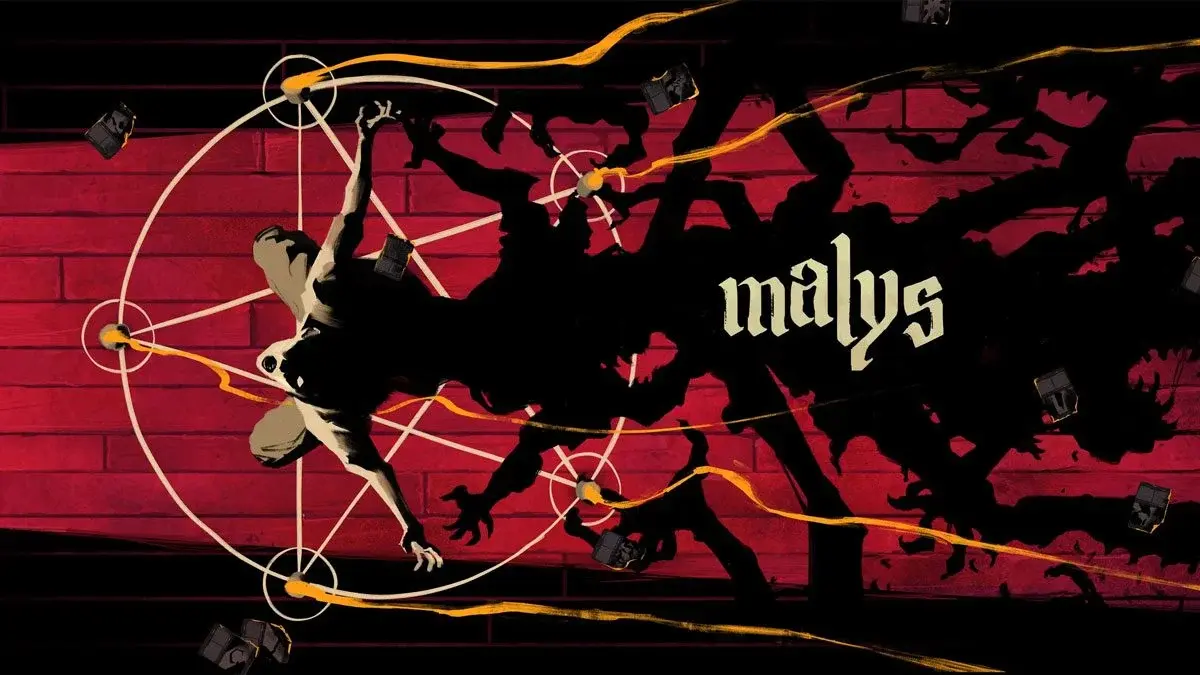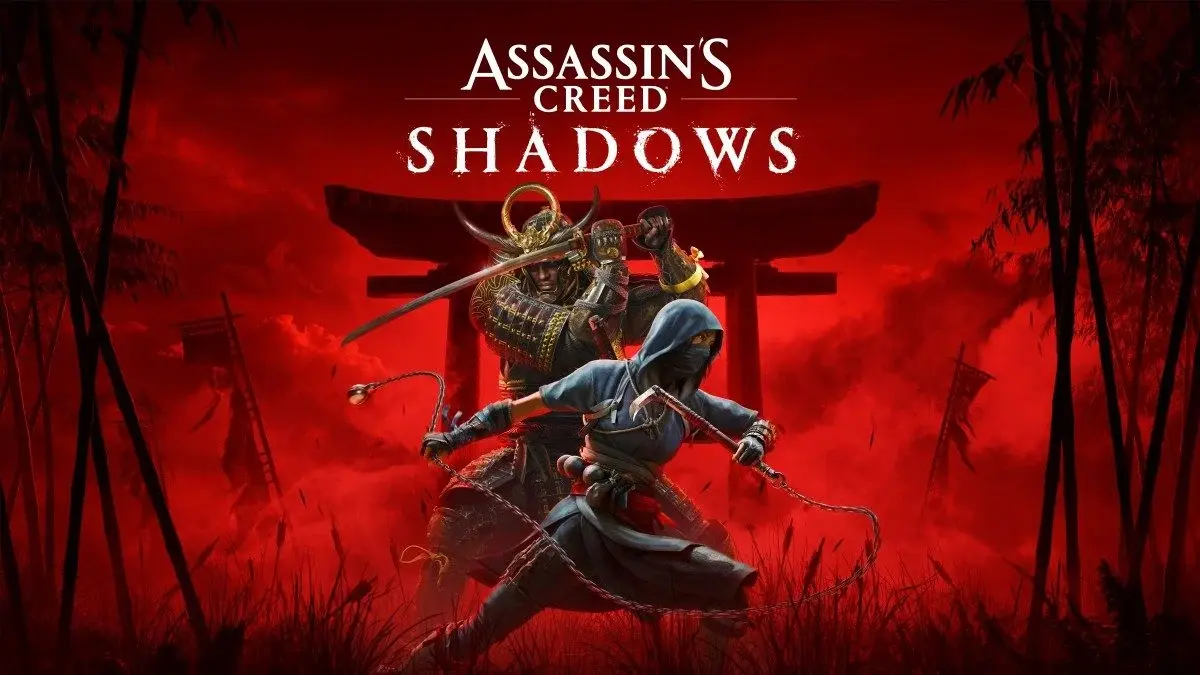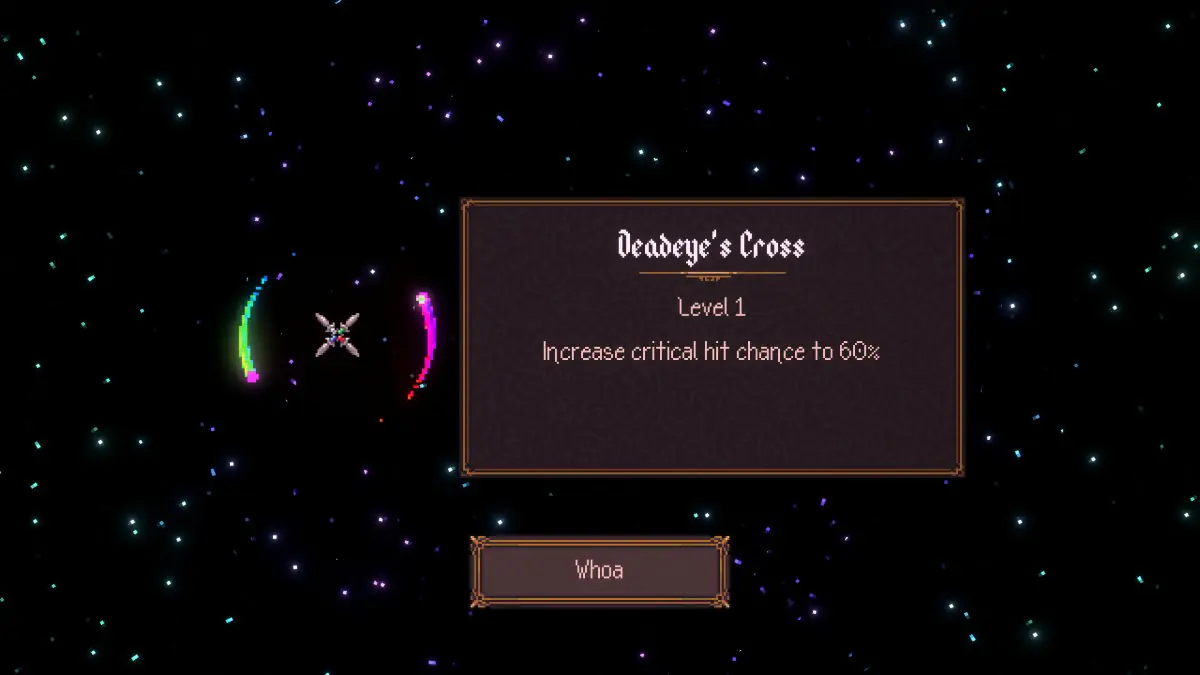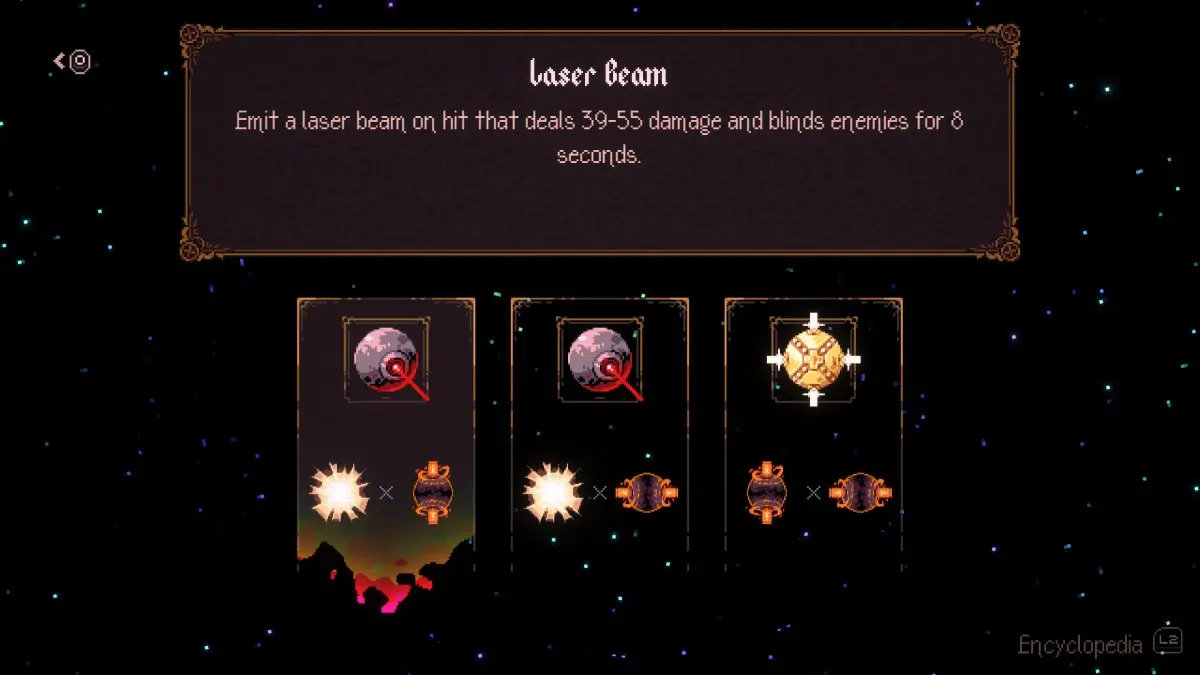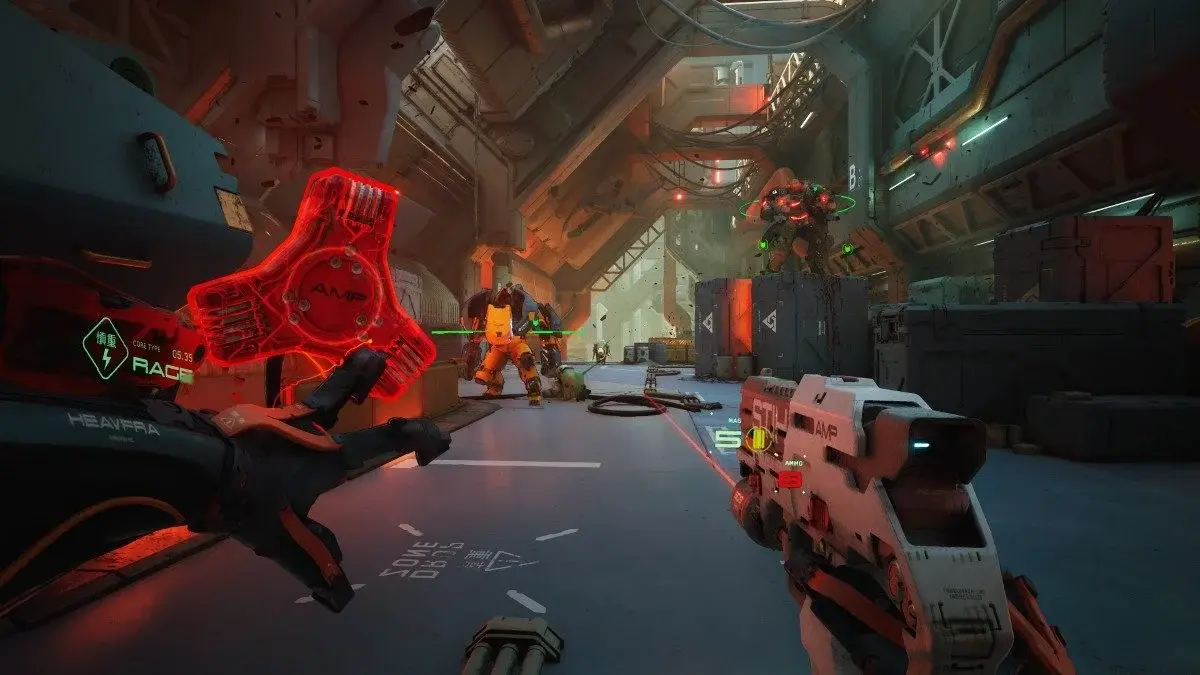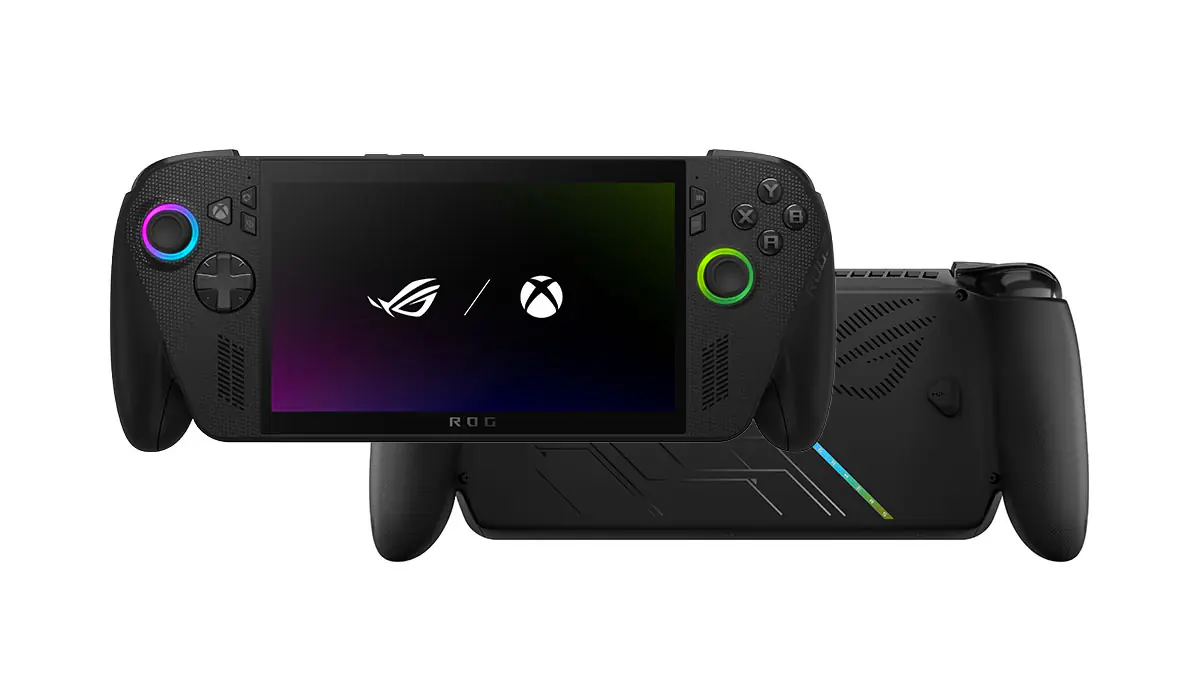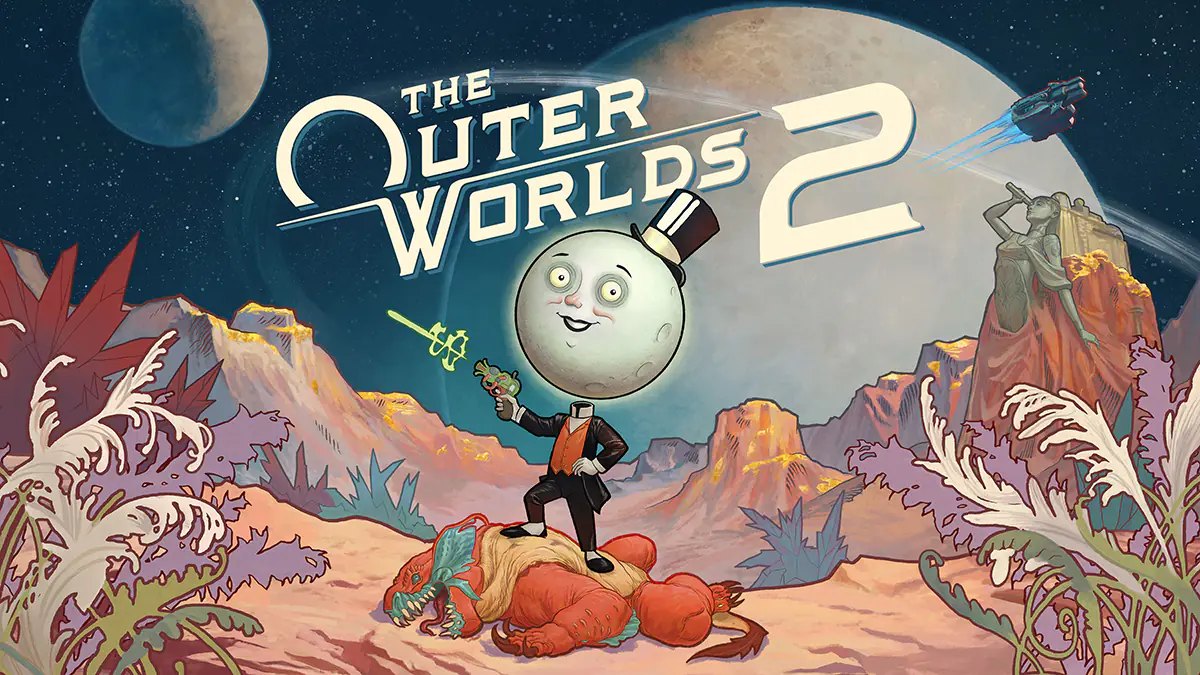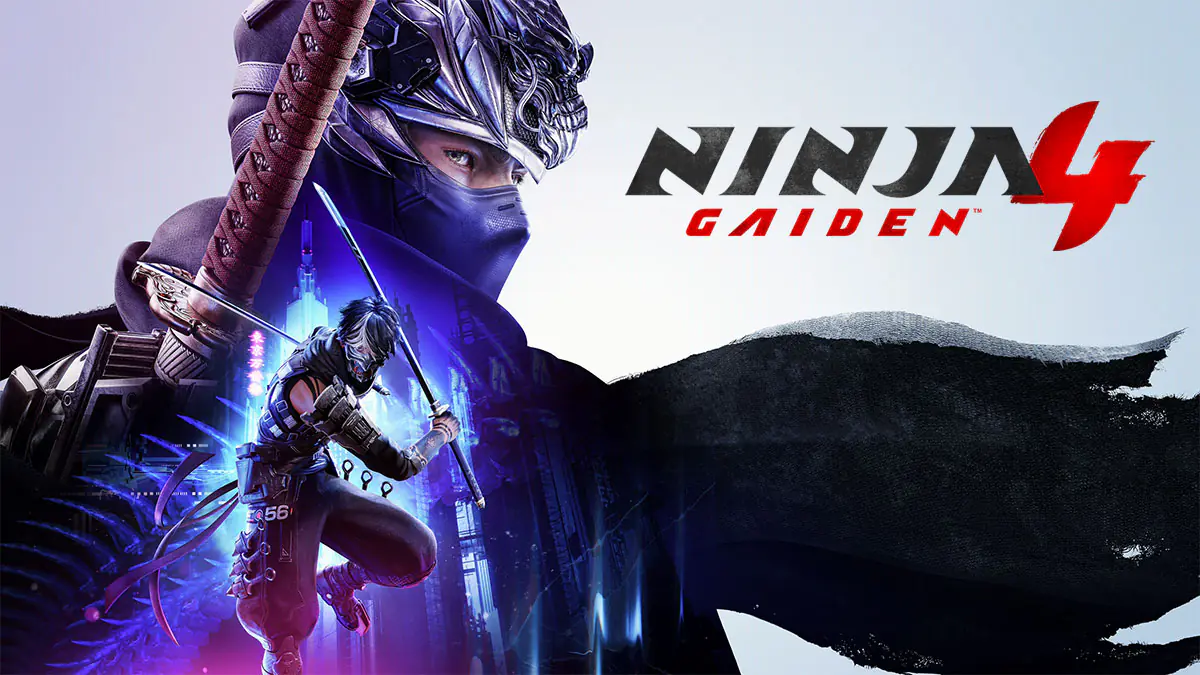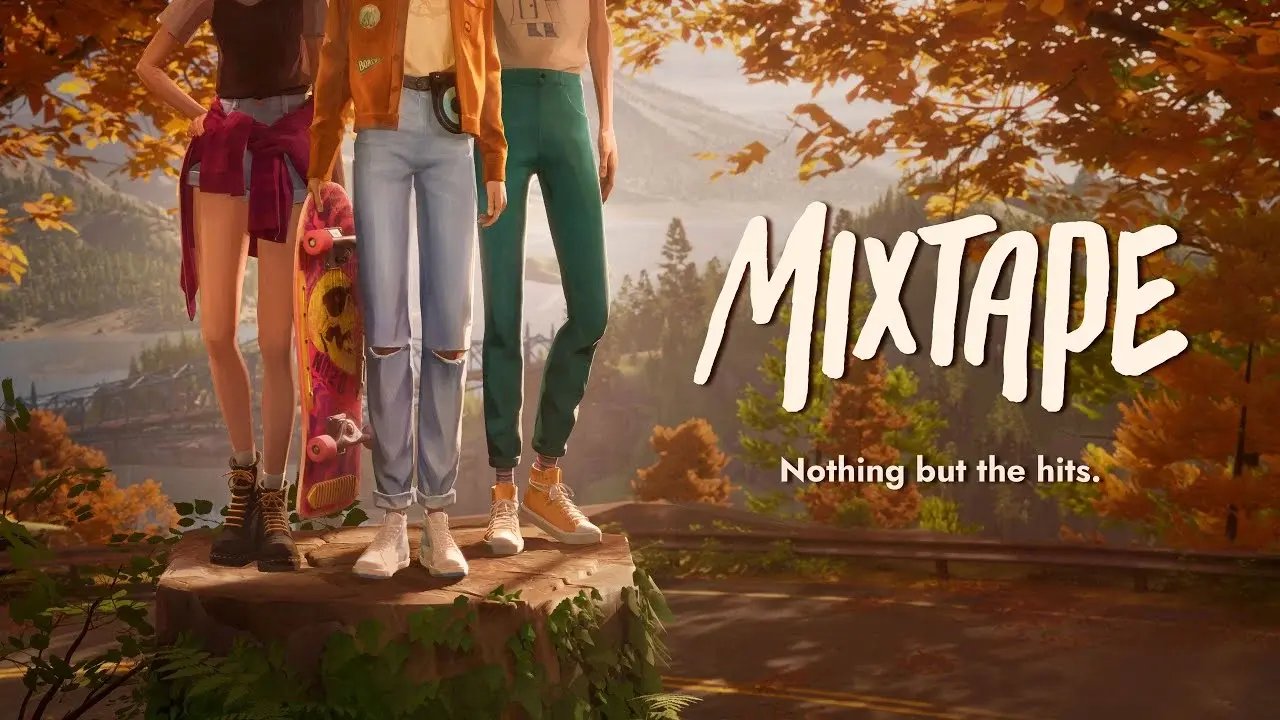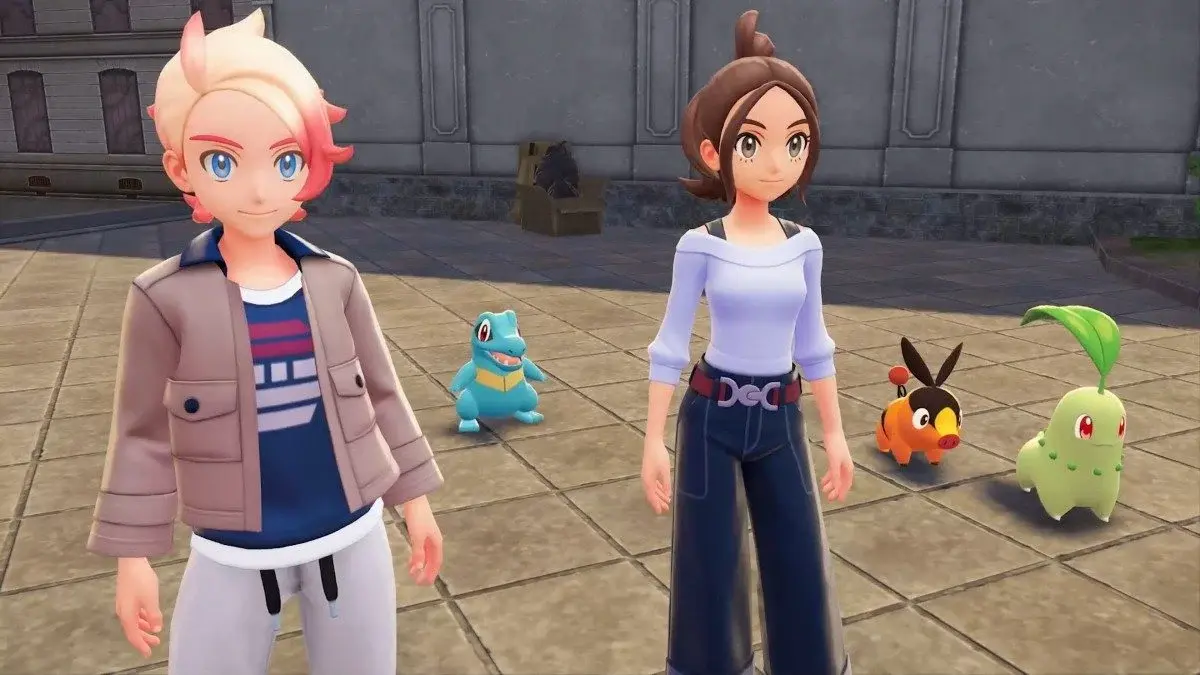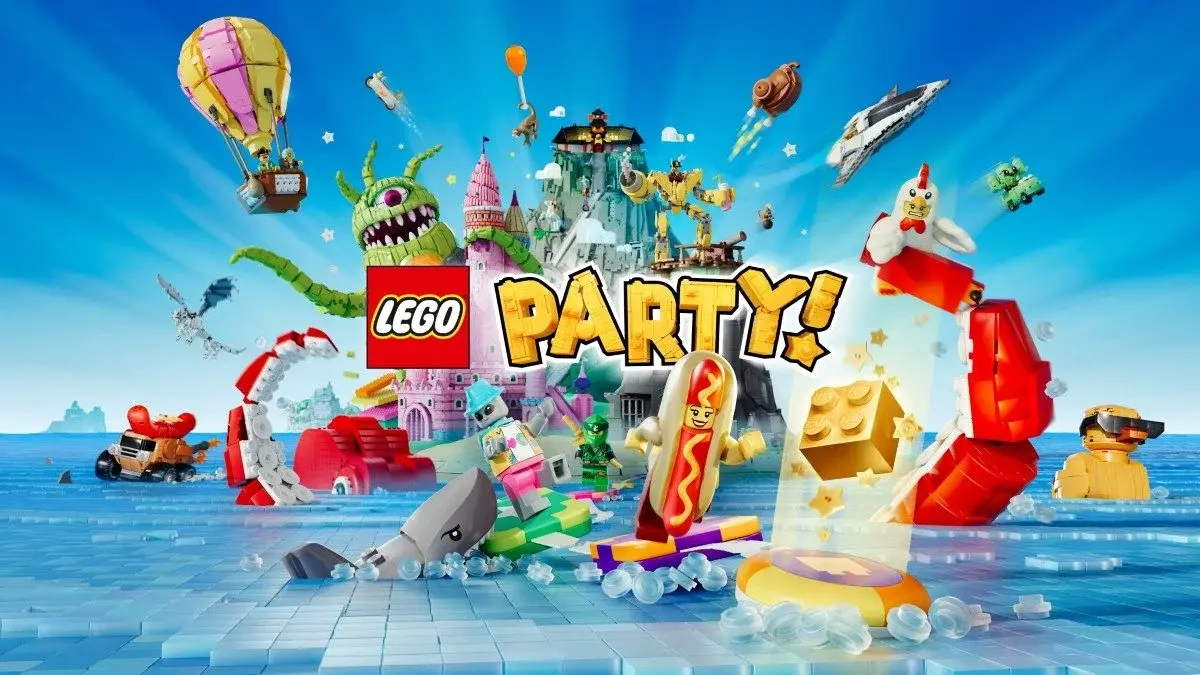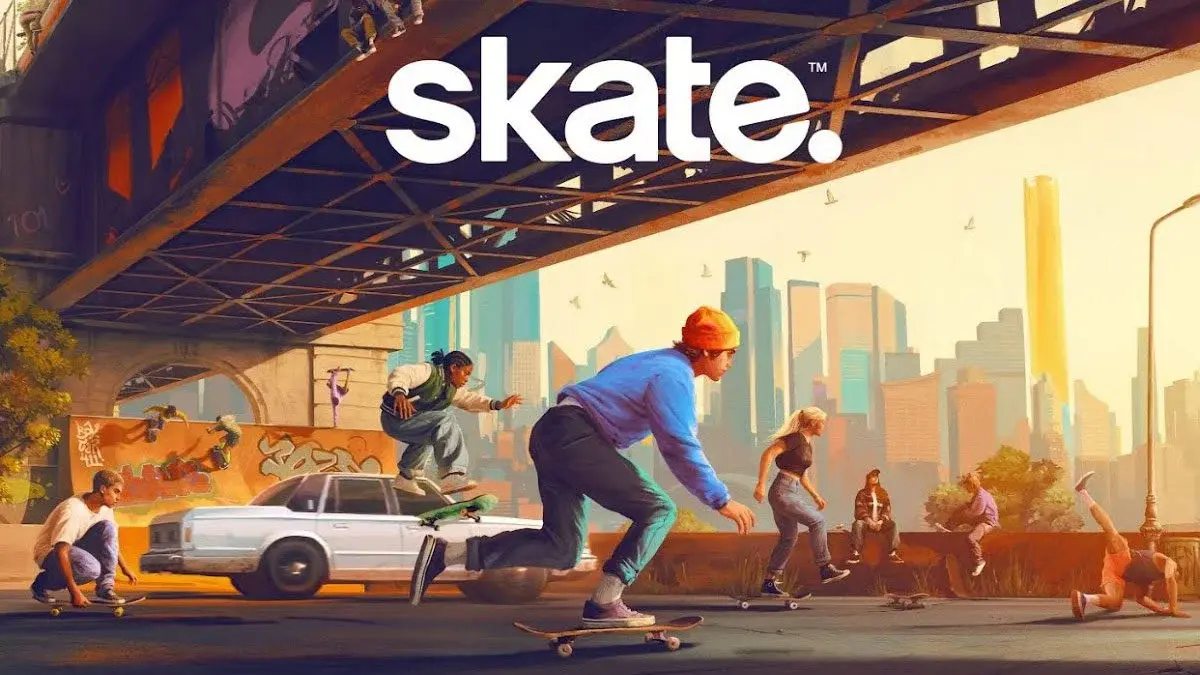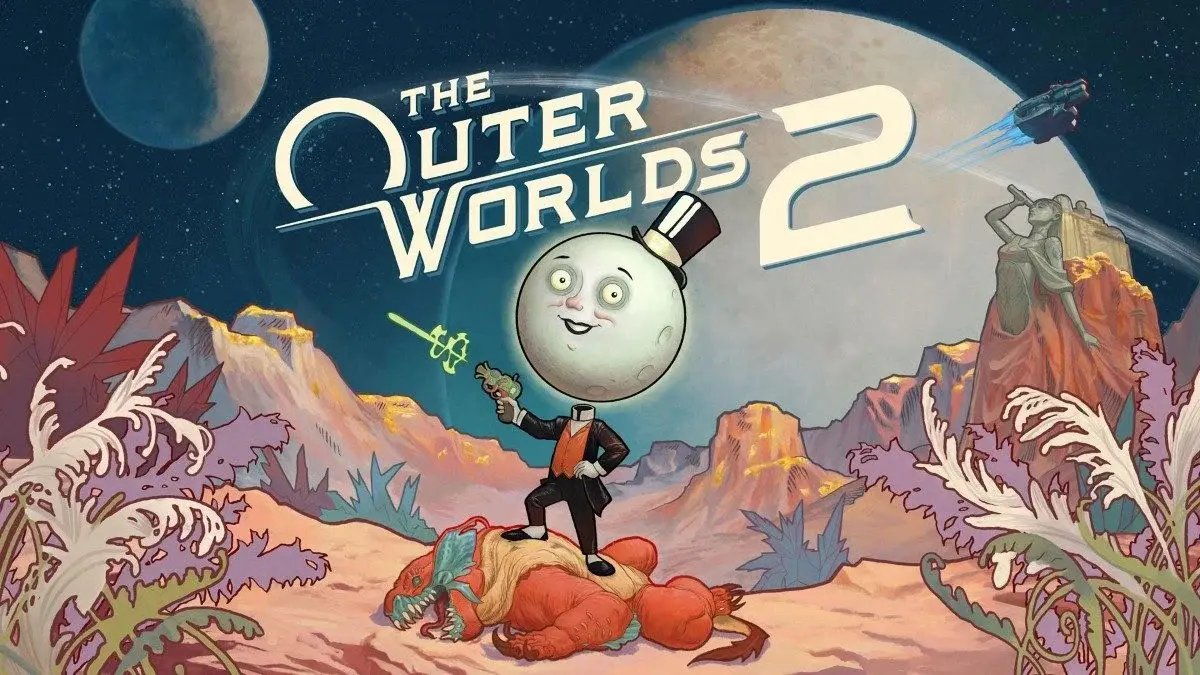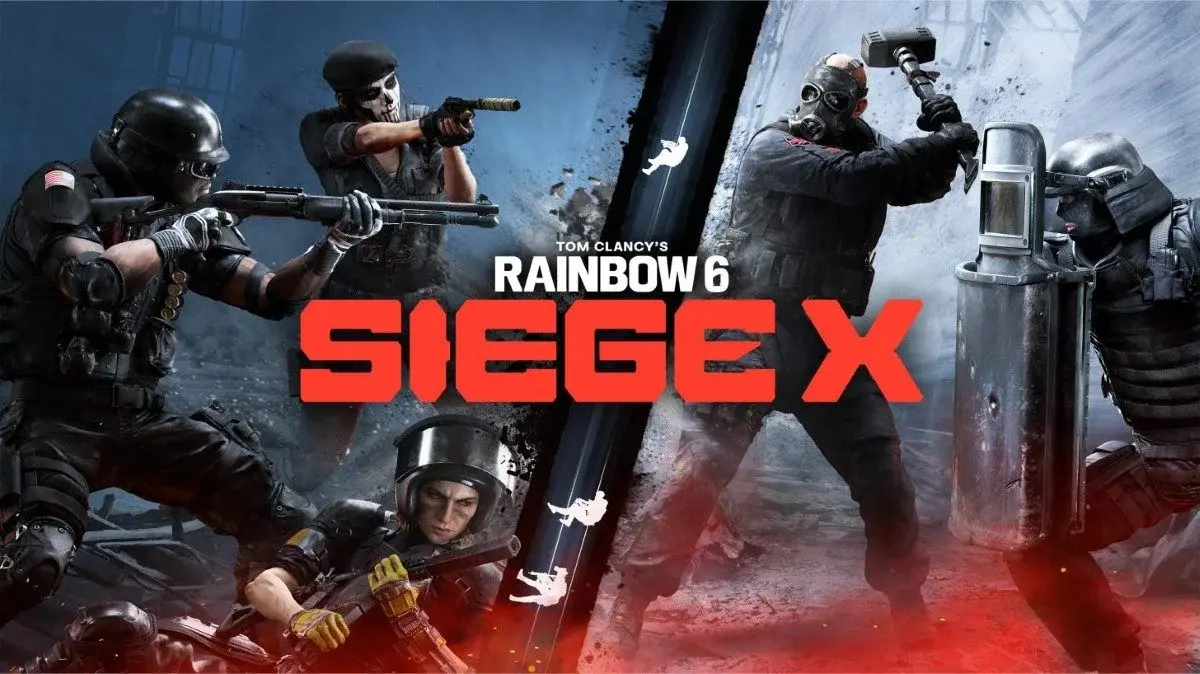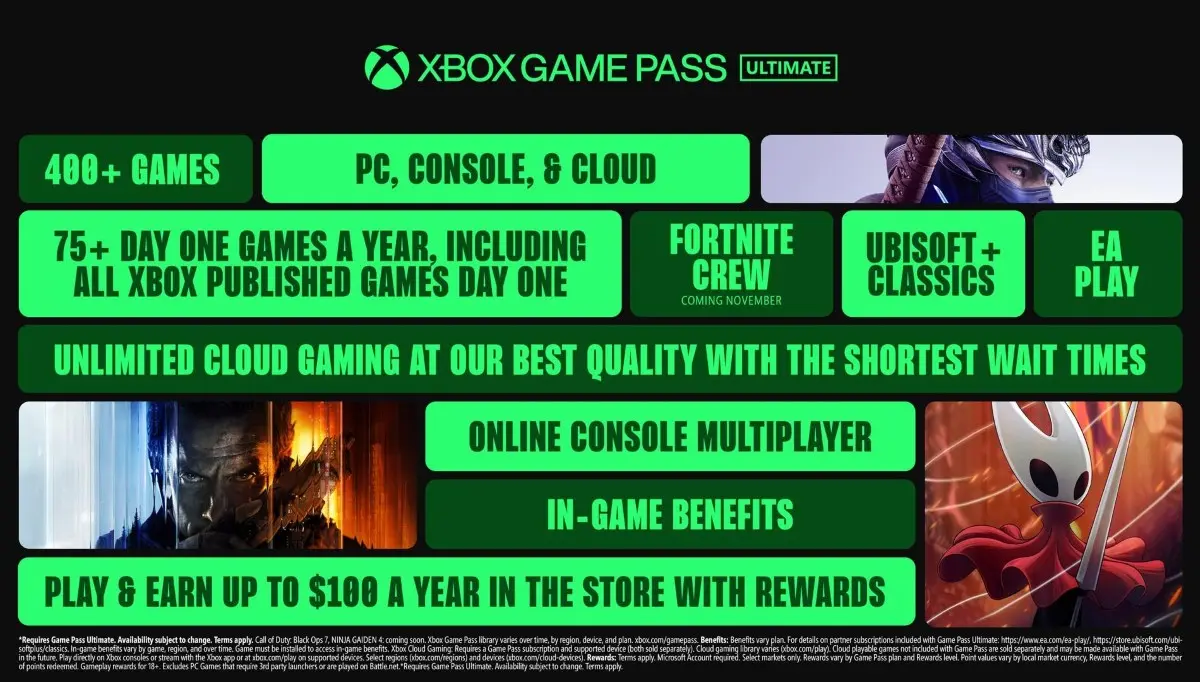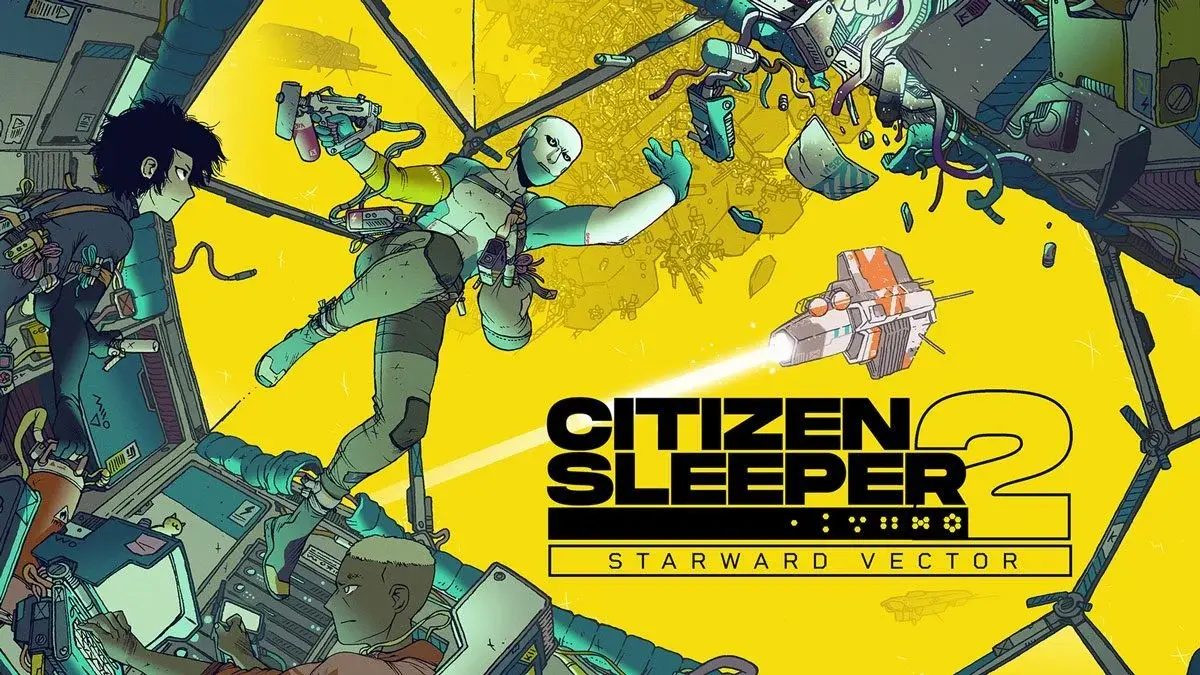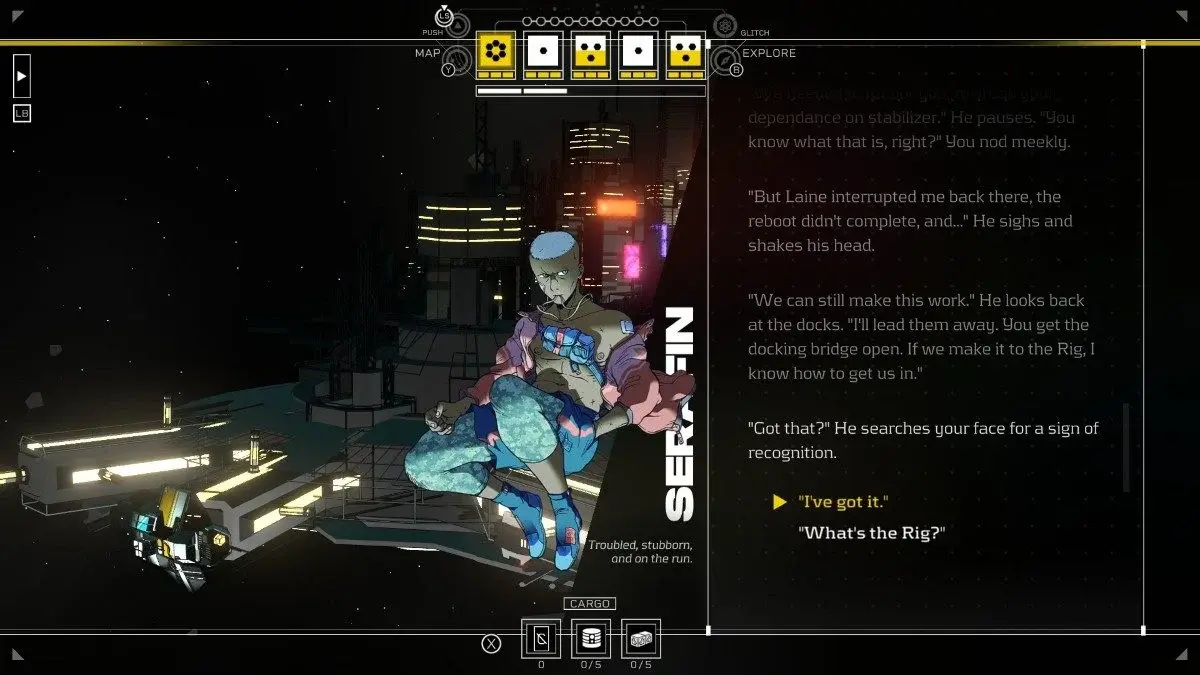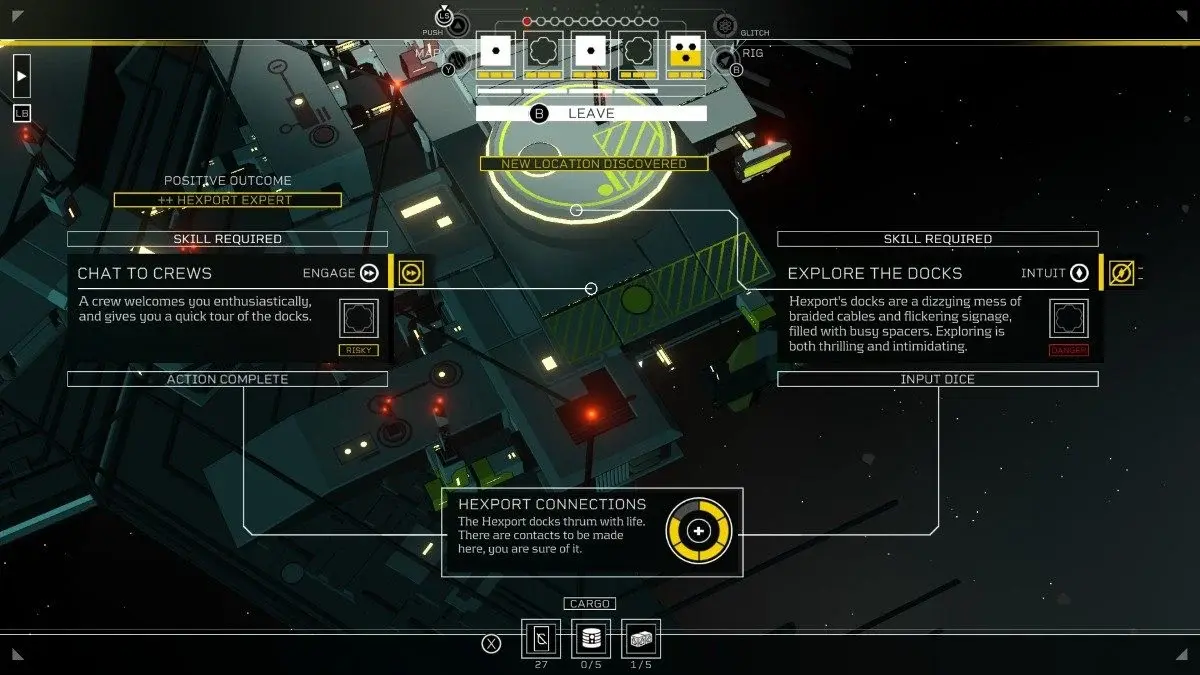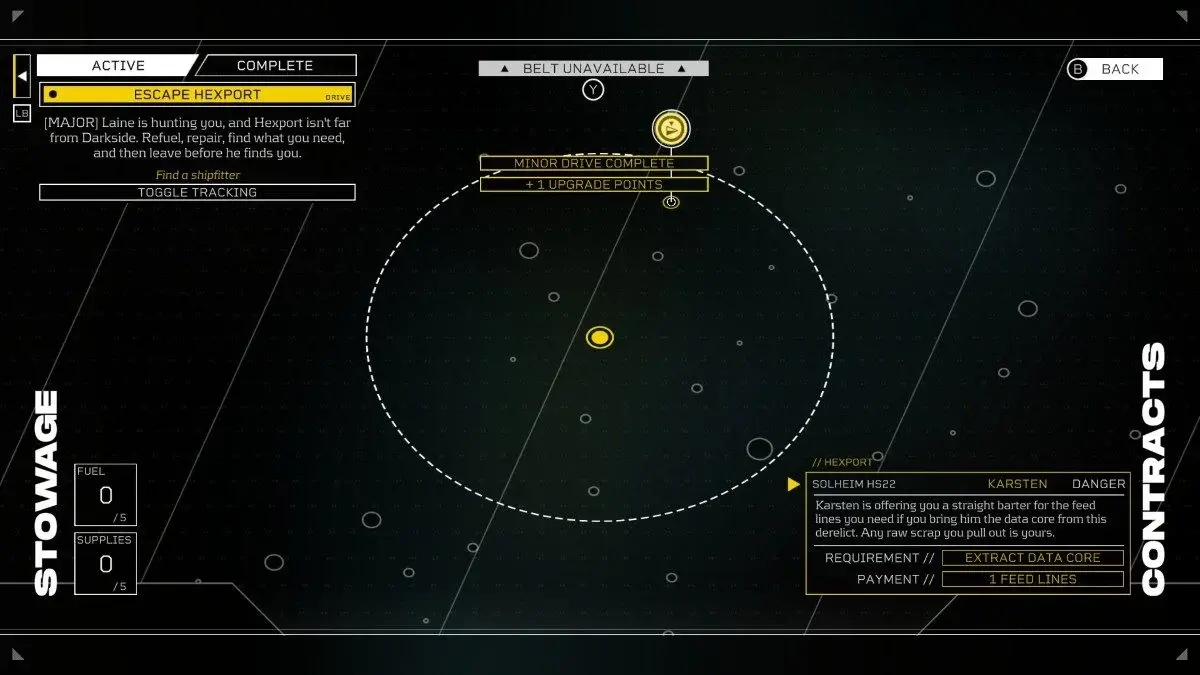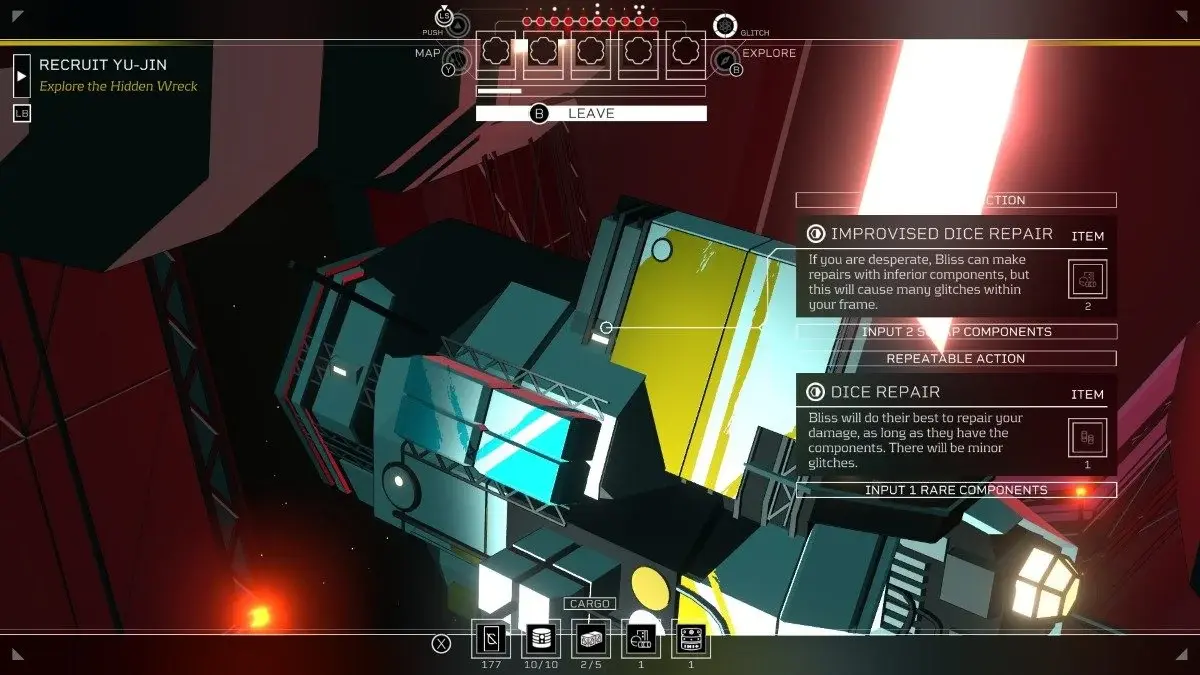It's going to be a bumpy ride.
Forgive me in advance, for I couldn’t resist: the original Citizen Sleeper was indeed a sleeper hit, a narrative choose-your-own-adventure journey that I picked up simply because it happened to be on Xbox Game Pass. I fell in love almost instantly, enraptured in its sci-fi, ever so dystopian world.
Creator Gareth Damian Martin has evolved Citizen Sleeper 2 to offer something similar in appearance, but far darker in tone. While I’m enjoying my time playing, a shift towards an all-encompassing feeling of failure means I’m finding myself jumping into shorter and shorter instances as time passes.
If you’re unfamiliar with the world, this sequel does a rather decent job in catching you up. In the original you learn you’re a sleeper, a copy of a person that’s been created for short-term use in order to serve out a work term. While that general setting carries over into the sequel — though we won’t spoil where the first title ended and this begins — so too does most of its mechanics.
First, Citizen Sleeper 2 conveys majority of its narrative through text-based screens, hurtling you through paragraph after paragraph of context before allowing you to choose between two or three unique responses. Your choices, of course, dictate where the story goes next.
On top of this, your character is in possession of up to five dice, each of which can be used across a series of actions that can be performed over a day, or cycle. As an example, you can travel within a spaceport and then use one roll to speak with workers, or use the map to first travel to a different system and then use a roll to begin scrapping a derelict ship.
Like in Dungeons and Dragons, your roll determines your success in every task. A five will offer a 50-50 chance, depending on your character’s class, while a six will generally mean 100% success. Those victories will generally add to the overall success of another task tied to it, such as breaking into a ship’s bridge, or stealing a data core. Those larger tasks usually pit you against a clock, directly paired with a corresponding point of failure.
To say that Citizen Sleeper 2 is harrowing is an understatement; that concept of stress is actually a focal point of proceedings. Roll a low number, hit a failure on an action you’re trying to achieve, and you’ll add one point of stress to your character or their companions.
If you’re out on a contract job and you max out a companion’s stress meter, you lose access to the two rolls that they possess per cycle. If you accumulate too much of your own stress, you’ll break a dice and in all but Citizen Sleeper 2‘s lowest difficulty lose access to it until you can repair it.
While all these systems are easy to understand, managing them all at one time is incredibly daunting. I found great success in my first run, breezing through tasks and swimming in currency… until it all came quickly crashing down.
Not keeping an eye on my ship’s fuel, I ended up in a distant star system with no easy way of heading back to my homebase. For all the money I had, I couldn’t simply buy fuel; an option to roll and scavenge materials was available to me, but I was ill-equipped for that too and ended up breaking most of my dice without the resources to repair them all.
While there are countless failures to be found in Citizen Sleeper 2, most of those aren’t game-ending fail states; instead, you’ll simply experience a shift in the evolving narrative. The trouble I have with this is that the feeling of failure is constantly hanging over your head, and I’m struggling to enjoy that experience. I’m having enough of that feeling in real life, watching as social media networks encourage its users to harass trans people or turning on the news to see large swathes of a major city burn to the ground as that nation’s upcoming leader ignores what’s going on to instead threaten to annex my homeland.
I ended up feeling this way even when playing in Citizen Sleeper 2‘s easiest mode, and therefore started to think that it wasn’t the game that was so difficult, but rather a lack of skill on my own part. As it turns out, it wasn’t me.
Speaking with Engadget, Martin explained that he “needed to win people over [in the original Citizen Sleeper]”.
“If the game was too harsh, I felt like players wouldn’t give it the time that I wanted them to give to it,” Martin said. “This time around, I feel in a very different position.”
While I wholly and utterly understand and respect Martin’s choices in this sequel — and that entire Engadget article is a terrific read to glean them, by the way — the resulting experience is one that I’m falling away from, encountering failure after failure. If you’ve more skill (or luck?) than I, this mightn’t be an issue for you.
Fans of the original will surely enjoy this — keeping what I’ve said in mind — while those that are intrigued by its concept should get out the original first. Engage accordingly.
Citizen Sleeper 2 was reviewed using a promotional code on Windows PC via Steam, as provided by the publisher. Click here to learn more about Stevivor’s scoring scale.
This article may contain affiliate links, meaning we could earn a small commission if you click-through and make a purchase. Stevivor is an independent outlet and our journalism is in no way influenced by any advertiser or commercial initiative.

